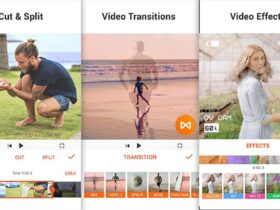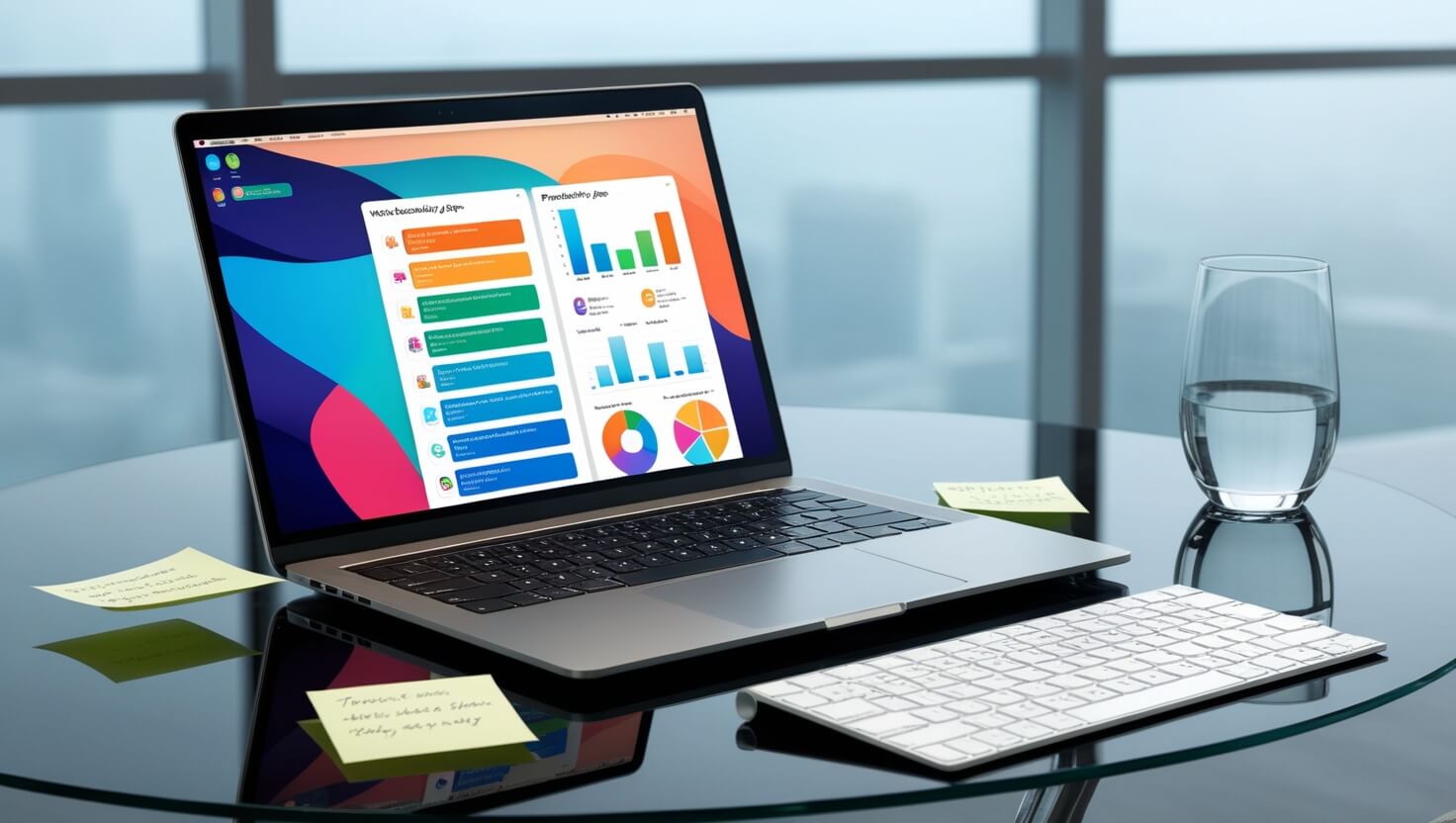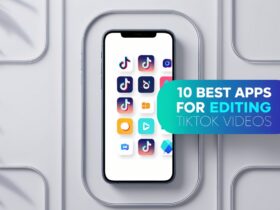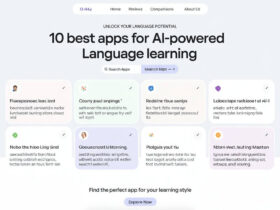In this article, I will discuss the Best Voice-Activated Productivity Apps that can improve your workflow and simplify daily tasks.
These apps, from transcription services to smart assistants, enable you to work while keeping your hands free.
Whether it is managing documents, setting reminders, or controlling other devices, these apps can effortlessly enhance your productivity.
Key Point & Best Voice-Activated Productivity Apps List
| Tool | Key Point |
|---|---|
| Otter.ai | AI-powered transcription tool with real-time note-taking and collaboration. |
| Microsoft Copilot | Integrates with Office apps to assist with writing, summarizing, and data insights. |
| Google Assistant | Voice assistant for tasks, smart home control, and search via natural language. |
| Apple Siri | Built-in iOS assistant for hands-free tasks, smart suggestions, and device control. |
| Speechmatics | Advanced speech recognition supporting multiple accents and languages. |
| Dragon Anywhere | Professional-grade dictation app for mobile with customizable commands. |
| Braina Pro | AI voice assistant for PC with dictation, voice commands, and automation. |
| Speechnotes | Simple voice-to-text notepad with punctuation commands and export options. |
| TalkType | Voice typing app focused on accessibility and speed. |
| Evernote Voice Notes | Allows recording voice memos within Evernote for organized note-taking. |
1.Otter.ai
Otter.ai is undoubtedly the best voice-activated productivity app because of its unmatched precision in transcribing conversations in real time.

Its outstanding smart speaker recognition and summary of keywords assist users in swiftly locating specific segments in lengthy recordings.
It benefits users in many ways, such as with deeply collaborative capabilities like shared notes and live captioning, making it exceptional for meetings, lectures, and interviews.
The combination of AI-powered transcription and productivity features promotes efficient communication, which is why Otter is essential for modern society.
Pros & Cons Otter.ai
Pros:
Cons:
2.Microsoft Copilot
Microsoft Copilot is the best voice-enabled productivity application due to its command of natural language processing and Microsoft 365 tools.
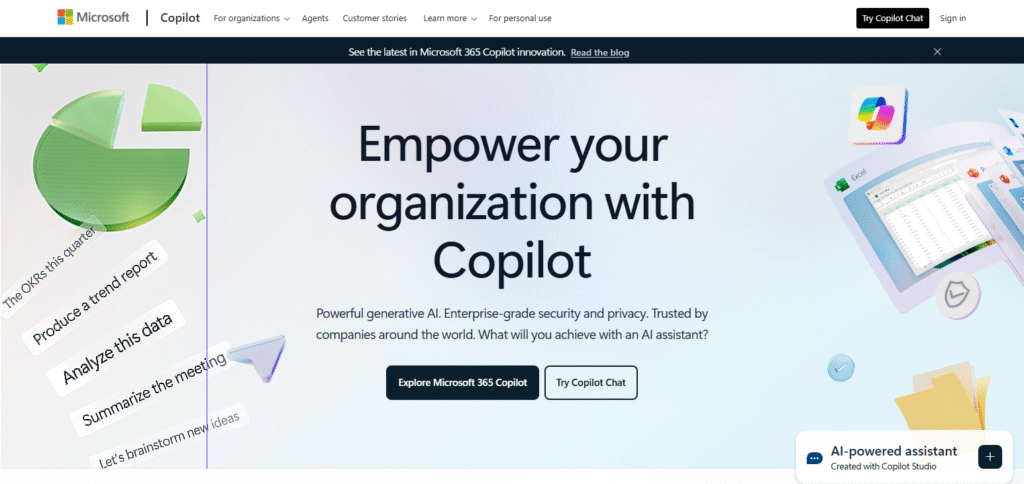
Its specialized form of assistance in Word, Excel and Outlook provides context-sensitive help that aids in data parsing, document drafting, email management, and more.
What makes it unique is its enterprise data integration. Users can speak complex instructions that execute sophisticated processes automatically. Such an approach revolutionizes completion of repetitive work by performing multiple actions with little effort.
Pros & Cons Microsoft Copilot
Pros:
Cons:
3.Google Assistant
Google Assistant is considerred one of the best voice activated productivity tools because it intergrates with the whole Google Ecosystem enabling effortless emailing, scheduling, reminders and hands-free commands.

Thw real differentiator is active guidance without user prompt tailored to context. For example, It helps users to avoid later traffic jams using current traffic data,
helps to organize meetings, or manages smart devices using voice commands. This gives users the ability to continue with other activities while achieving personal and professional goals in an efficient manner.
Pros & Cons Google Assistant
Pros:
Cons:
4.Apple Siri
Siri stands at the forefront of voice-operated productivity tools, due to a comprehensive integration within the Apple ecosystem that lets users control apps, send messages, and manage schedules hands-free.

Its most prominent feature is the on-device intelligence which is performed much faster and more privately than having to rely on cloud services. This leads to improved overall performance and privacy.
Siri’s ability to remember user preferences, anticipate needs, and cross-complete several tasks with a single command make it a dependable personal productivity assistant on Apple devices.
Pros & Cons Apple Siri
Pros:
Cons:
5.Speechmatics
Speechmatics stands out among other voice-activated productivity applications because of their unparalleled accuracy with speech recognition for different accents and languages.
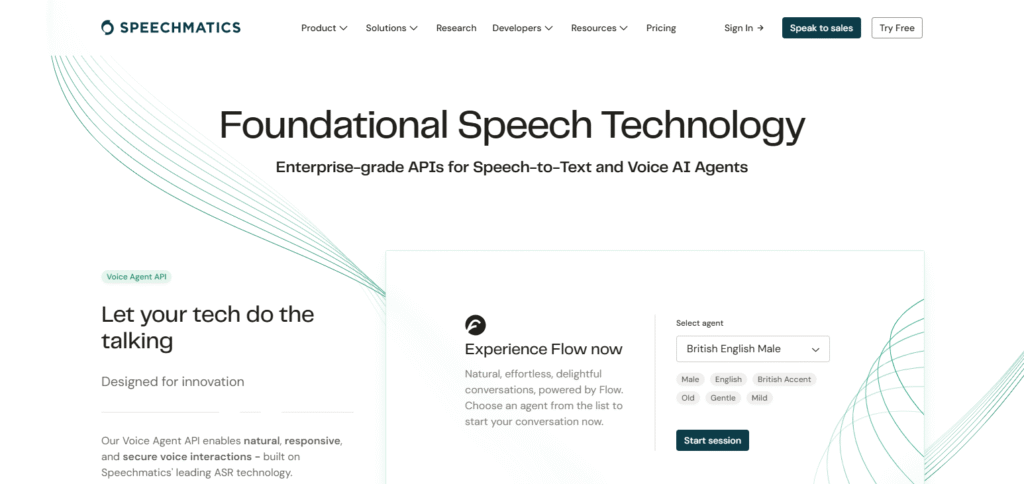
Their self learning AI model that improves with exposure to real-world speech sets them apart and makes them useful in different industries.
Unlike basic transcription programs, Speechmatics can handle difficult audio spaces for enterprises. This adaptability and precision improves enterprise productivity by providing accurate transcripts of customer interactions, meetings and broadcasts.
Pros & Cons Speechmatics
Pros:
Cons:
6.Dragon Anywhere
Dragon Anywhere, a leading voice-enabled productivity application, is built for professionals who need accurate and untethered dictation.

It has custom vocabulary and voice commands allowing users to add industry-specific language, or cross-tailor the app to their workflows, making it truly unique.
Unlike standard voice applications, it has no limits on dictation length, enables editing while speaking, and allows the user to sit back and effortlessly craft intricate documents. Such precision and flexibility set mobile productivity to an unrivaled level with Dragon Anywhere.
Pros & Cons Dragon Anywhere
Pros:
Cons:
7.Braina Pro
Braina Pro is special even among voice-activated productivity tools. Beyond dictation, it serves as an AI assistant to your computer.

Its voice command capabilities are unparalleled serving to open applications, search files, or even do calculations. Braina Pro goes a step further from other voice applications by supporting over 100 languages and remote mobile voice access.
Its seamless integration with deep system functionality makes Braina Pro great for those looking to enhance their productivity.
Pros & Cons Braina Pro
Pros:
Cons:
8.Speechnotes
Speechnotes is one of the best voice-activated productivity applications owing to its effectiveness in transforming speech into text in seconds.
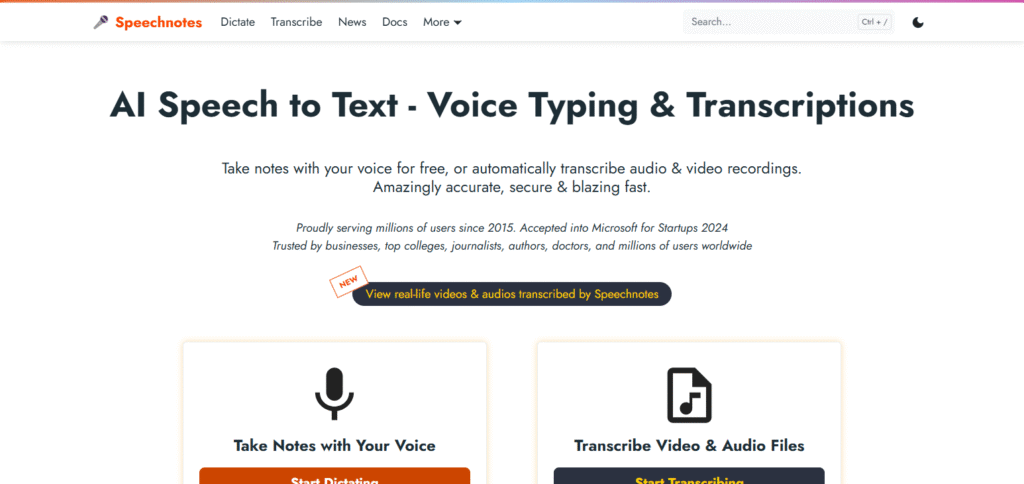
Its offline voice recognition capability is unmatched as one can dictate notes without being connected to the internet. This allows for fast note taking in any situation.
With punctuation commands, automatic capitalization, and added export options, Speechnotes provides a tailored experience for distraction-free writing.
Pros & Cons Speechnotes
Pros:
Cons:
9.TalkType
TalkType is among the most exceptional voice-activated productivity apps as its development is focused on ease of use and accessibility.
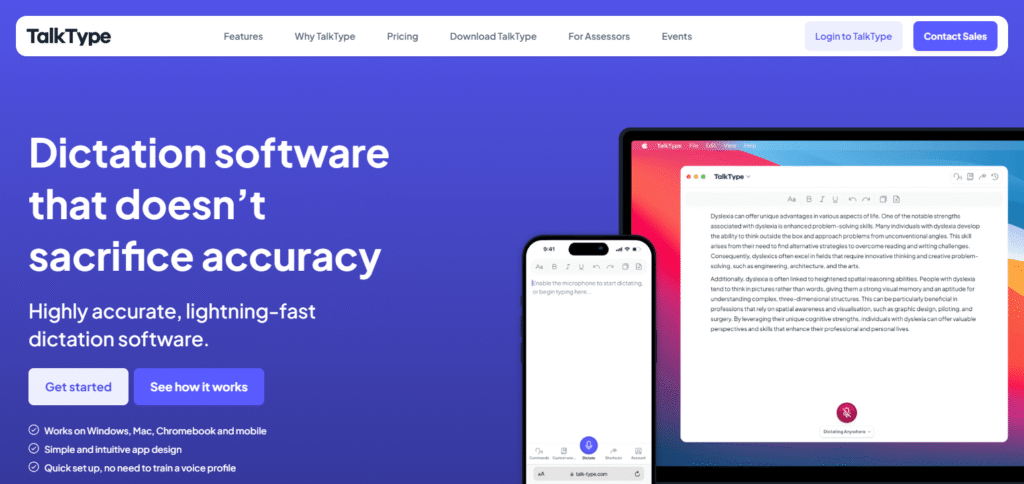
Its competitive edge is the never off microphone that enables typing on the fly without pressing a button as it actively waits for voice prompts. This design is especially important for people who have limited movement capability or those who work on multiple activities at once.
With responsive systems and intuitive designs, TalkType enhances interaction by simplifying voice input, making everyday speech and recording activities more seamless for users of all abilities.
Pros & Cons TalkType
Pros:
Cons:
10.Evernote Voice Notes
The best voice-activated productivity apps is Evernote Voice Notes: an app that combines powerful organizational features with voice recording functionality.
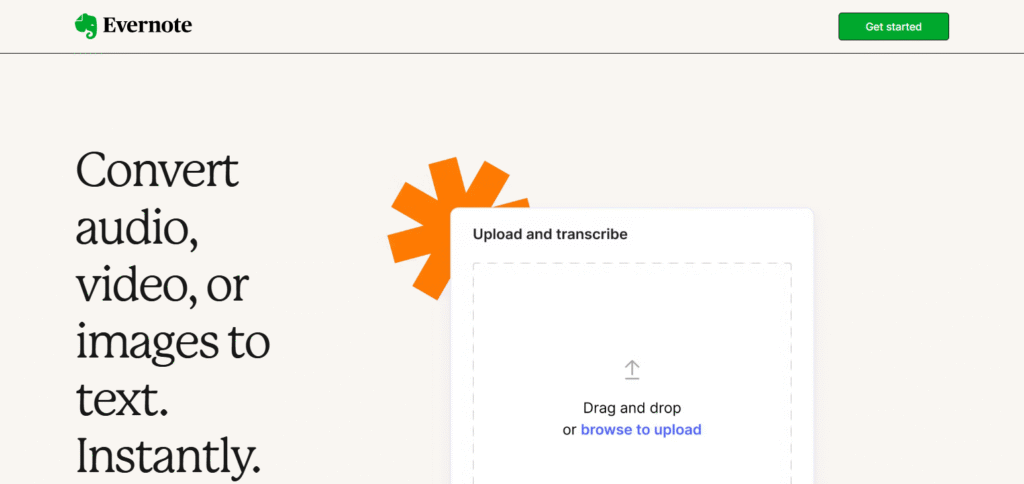
Voice memo portability and transcription are its unrivaled strengths; organized notes can now be tagged, searched, and crossed over all devices.
For users who are constantly on the move, capturing and organizing thoughts and ideas is made effortless because the combination of text and audio allows for fast, detail-oriented notes without the danger of missing any salient information.
Pros & Cons Evernote Voice Notes
Pros:
Cons:
Conclusion
To conclude, the remarkable Otter.ai and Speechmatics transcription tools and voice-activated digital assistants like Microsoft Copilot and Google Assistant. All offer professional-grade features designed for specific tasks.
The best productivity apps are efficient, help with daily activities, and increase organization through task automation.
The sophisticated algorithms behind these apps and assistants ensure that time is used strategically, ideas are well-organized, and users are reliably productive throughout the day. Every solution is built with the intent of allowing users to work smarter, not harder.


